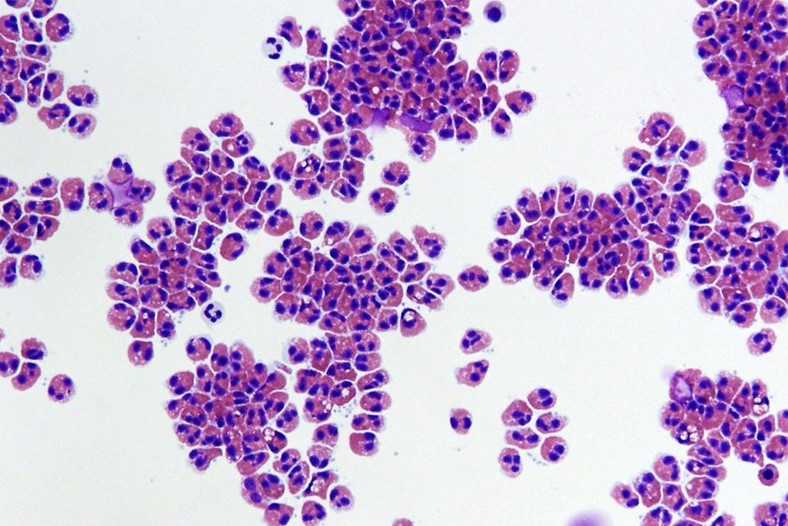White blood cells, also known as leukocytes, are a crucial component of the body’s immune system, playing a central role in defending against infections and foreign invaders. Unlike red blood cells, which primarily transport oxygen and nutrients throughout the body, white blood cells are specialized cells involved in the immune response. They are produced in the bone marrow and circulate throughout the bloodstream and lymphatic system, actively patrolling for pathogens and abnormalities.
There are several types of white blood cells, each with its own distinct functions and characteristics. Neutrophils, for example, are the most abundant type of white blood cell and are highly effective at engulfing and destroying bacteria. Lymphocytes, including T cells and B cells, are responsible for mounting specific immune responses against viruses, bacteria, and other foreign substances. Monocytes patrol the bloodstream, where they differentiate into macrophages upon entering tissues, engulfing and digesting pathogens and debris.
White blood cells play a vital role in maintaining overall health and wellbeing, serving as the body’s first line of defense against infections and diseases. When the body detects an infection or injury, white blood cells are recruited to the affected area, where they work to eliminate the threat and promote healing. A healthy balance of white blood cells is essential for a properly functioning immune system, helping to protect the body from harmful pathogens while maintaining tolerance to its own tissues.

Let’s take a look at these 10 interesting facts about white blood cells to know more about them.
- Diverse Functions : White blood cells are a diverse group of cells with various functions, including defending the body against infections, removing dead or damaged cells, and regulating immune responses.
- Different Types : There are several types of white blood cells, including neutrophils, lymphocytes, monocytes, eosinophils, and basophils, each with specific roles in the immune system.
- Neutrophils: First Responders : Neutrophils are the most abundant type of white blood cell and act as the body’s first line of defense against bacterial infections. They rapidly migrate to sites of infection and engulf invading bacteria through a process called phagocytosis.
- Lymphocytes: Adaptive Immunity : Lymphocytes, including T cells and B cells, are key players in adaptive immunity. T cells coordinate immune responses and directly attack infected or abnormal cells, while B cells produce antibodies that target specific pathogens.
- Macrophages: Tissue Clean-Up Crew : Monocytes, which circulate in the bloodstream, mature into macrophages when they enter tissues. Macrophages are scavenger cells that engulf and digest pathogens, dead cells, and debris, helping to clean up tissues and promote healing.
- Eosinophils: Parasite Fighters : Eosinophils are white blood cells that specialize in combating parasitic infections and allergic reactions. They release toxic substances to destroy parasites and modulate inflammatory responses.
- Basophils: Inflammatory Mediators : Basophils release inflammatory mediators such as histamine in response to allergens or infections, contributing to the body’s immune response. They play a role in allergic reactions and inflammation.
- Migration and Chemotaxis : White blood cells are capable of migrating to sites of infection or injury in response to chemical signals called chemokines. This process, known as chemotaxis, allows white blood cells to localize and combat pathogens effectively.
- Life Span : The lifespan of white blood cells varies depending on the type. Neutrophils, for example, have a short lifespan of only a few days, while lymphocytes can persist for months or even years in the body.
- Leukopenia and Leukocytosis : Abnormalities in white blood cell counts can indicate underlying health conditions. Leukopenia refers to a low white blood cell count, which may result from certain infections, medications, or autoimmune disorders. Conversely, leukocytosis refers to a high white blood cell count, often seen in response to infections, inflammation, or leukemia.
White blood cells, with their diverse array of functions and specialized roles in the immune system, are indispensable guardians of human health. From the rapid response of neutrophils to the adaptive immunity orchestrated by lymphocytes, these cellular defenders tirelessly patrol the body, identifying and neutralizing threats with precision and efficiency. Their ability to mount targeted immune responses, regulate inflammation, and promote tissue repair ensures the body’s resilience in the face of infections, injuries, and diseases. As vital components of the immune system, white blood cells exemplify the remarkable complexity and resilience of the human body, underscoring the importance of maintaining their balance and function for overall health and wellbeing.



